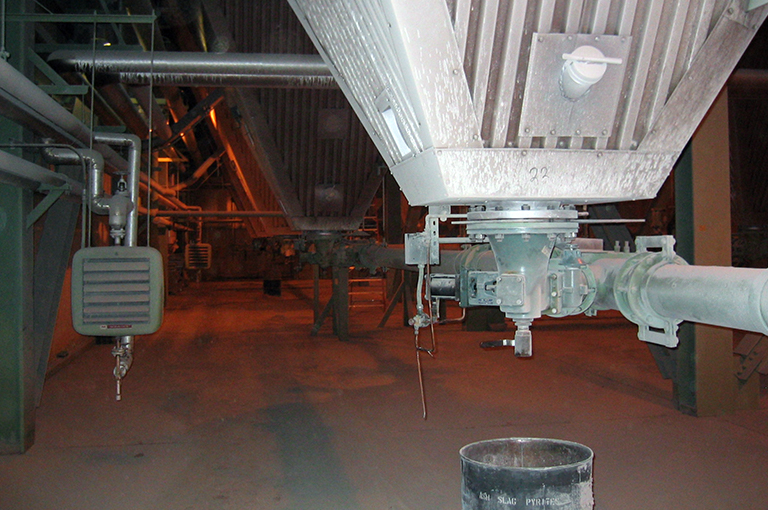Maintaining Your Baghouse
Baghouses are cleaned using one of the following sequences, depending on type:
Intermittent
This cleaning sequence is used for single compartment baghouses, usually shaker types. The fan/process must be stopped while the bags are cleaned.
Continuous Offline
This cleaning sequence is used with multiple-compartment reverse air or pulse jet baghouses. Each compartment is taken offline in turn to clean; the overall process is not shut down during cleaning.
Continuous Online
This fully automated cleaning sequence is typically used for pulse jet baghouses. The process flow continues during cleaning.
Inspections
Baghouses benefit from regular inspections and maintenance, and often problems not caught early can and do explode into crises when left unchecked. Because small issues can build up over time and create crises–like de-rate level opacity excursions–baghouse maintenance on a daily, weekly, quarterly and annual basis should include keeping an eye on some key parameters.
On a regular basis, you should take pressure drop readings, check the cleaning system performance, check valve and damper operations, check the dust removal operation, and check emissions levels. When inspecting baghouses, the goal of gathering information is to look for signs indicating three key problems and the timing of their occurrences: high opacity, high differential pressure, and short bag life.
View a full write-up of inspection best practices here.
Document these elements of your baghouse:
- Failed bag charts (bag location in compartment, cause of failure, replacement date)
- Replacement schedule (dates of complete or partial change-out)
- Differential pressure readings
- Filter bag test reports
- Bag lifecycle graph
- Opacity
Protecting Fabric Filter Bags During Startup
The first 24-48 hours of a filter bag’s operation can be the most critical in determining its overall life expectancy. The new bag’s unprotected fabric is vulnerable to high velocity particulate becoming embedded into the indices of the media. When this happens, trapped dust accelerates the blinding process, increases the average drag/restriction coefficient, and significantly shorten the bag’s life.
Flow rate permeability is an excellent way to measure the life stages and life expectancy of a bag. Permeability for new bags is usually in the range of 25-60 CFM/ft-2. For seasoned bags, the range is usually 5-10 CFM/ft-2. A blinded bag’s permeability may be less than 2 CFM/ft-2. Considering this large disparity in flow rates, it’s easy to see how new bags/compartments are able to receive a lot more gas/dust at a higher velocity than those that are old and blinded.
The key to preventing premature blinding is to follow three simple rules during startup.
- Apply a compatible protective pre-coat material to the filter bags before starting the process gas flow.
- Limit the gas flow to the new bags/compartment; a flow level at or near the design filtering velocity/air to cloth ratio is ideal.
- Reduce or stop the cleaning energy until the dust cake builds up to a level that requires cleaning.
Starting up a new bag is a critical operation that should not be taken lightly. Following the rules outlined above greatly reduces the chances of premature bag damage. Putting in this effort and attention now will pay dividends later in the form of a longer bag life, and energy/cost savings from reduced operating differential pressure.
Helpful Resources
KnowledgeBase: Best Practices for Baghouse Inspections & Maintenance
KnowledgeBase: Protecting Fabric Filter Bags During Start Up
Our Capabilities: Performance-Based Maintenance
Our Capabilities: Equipment Assessment & Inspections


